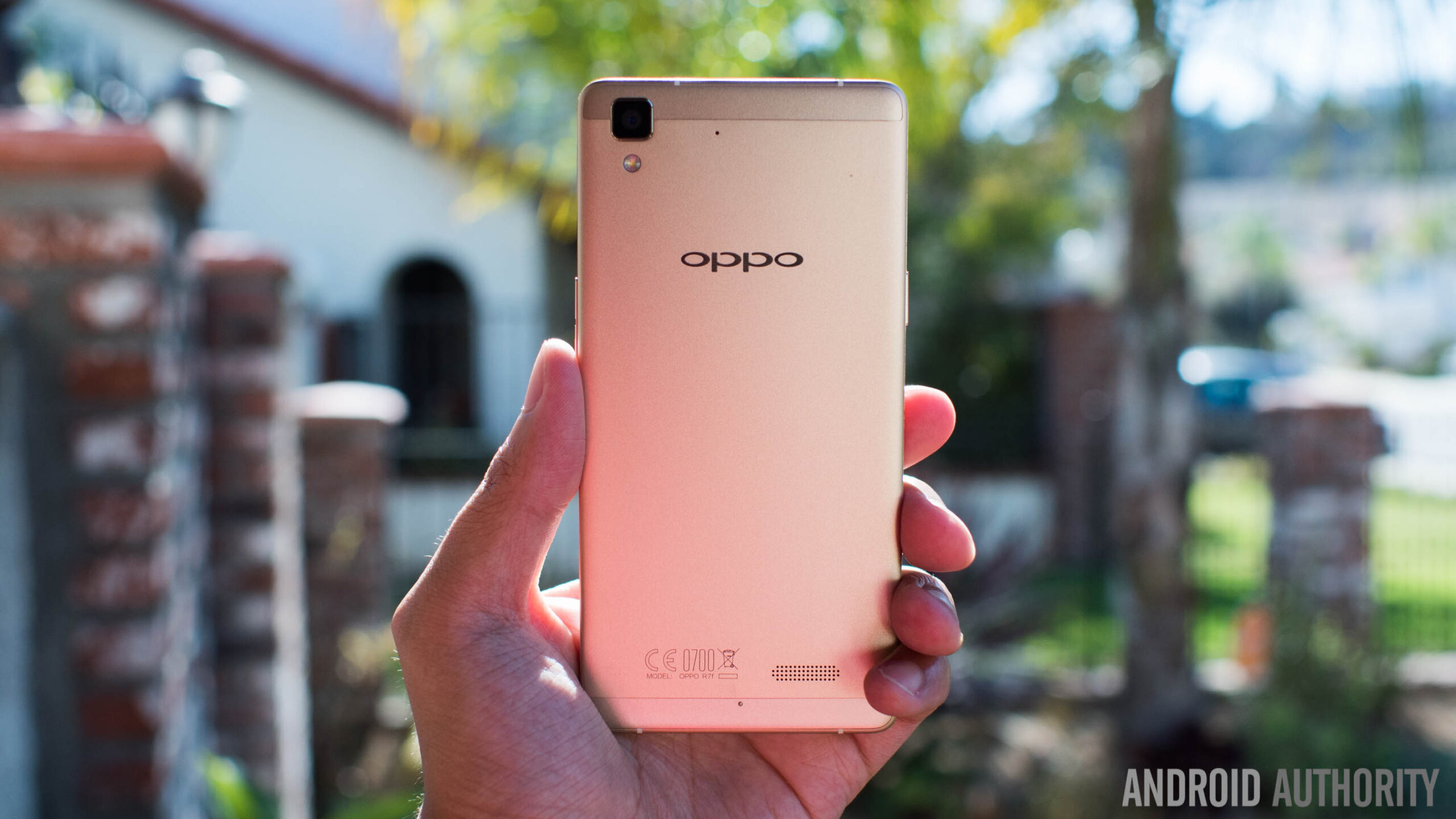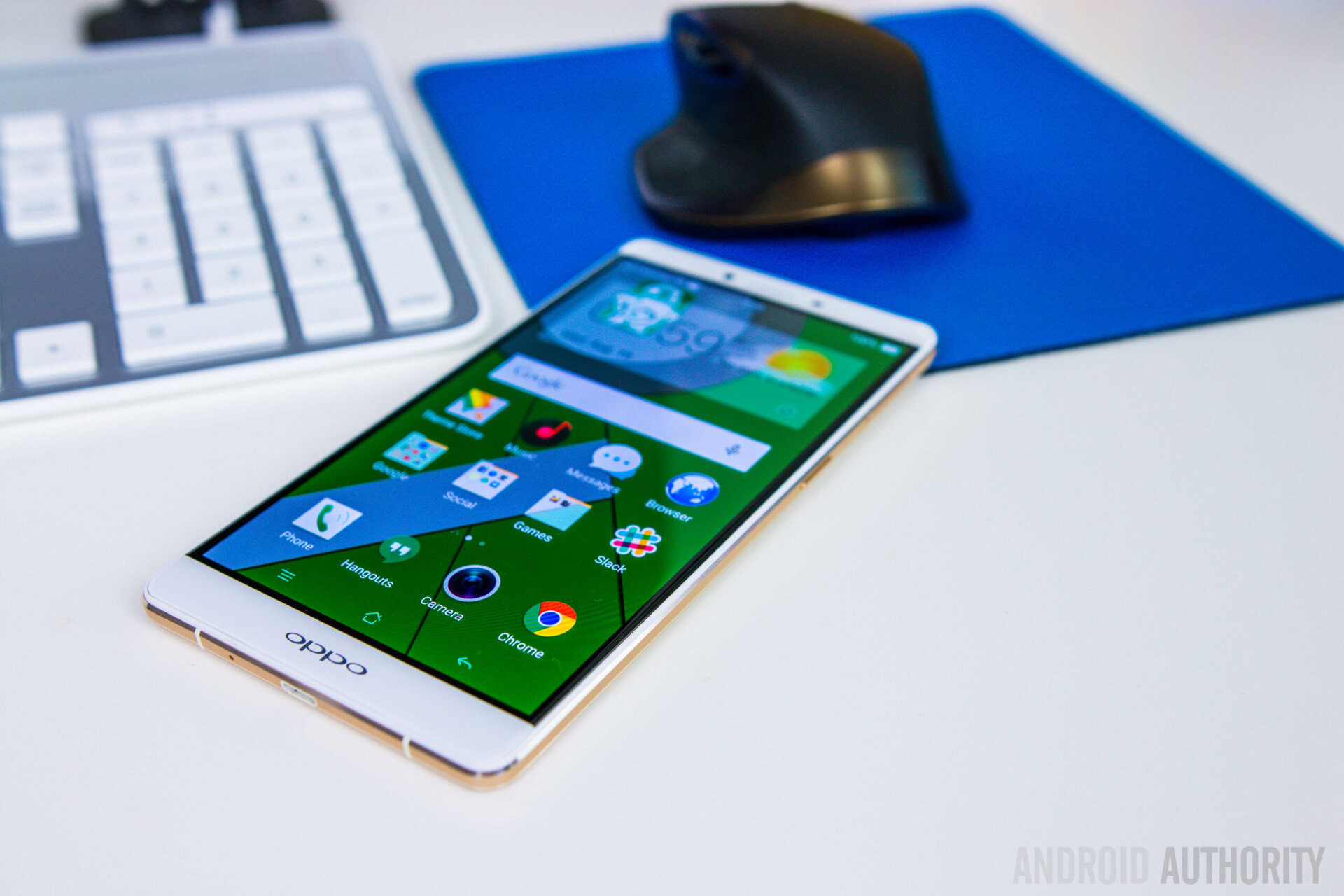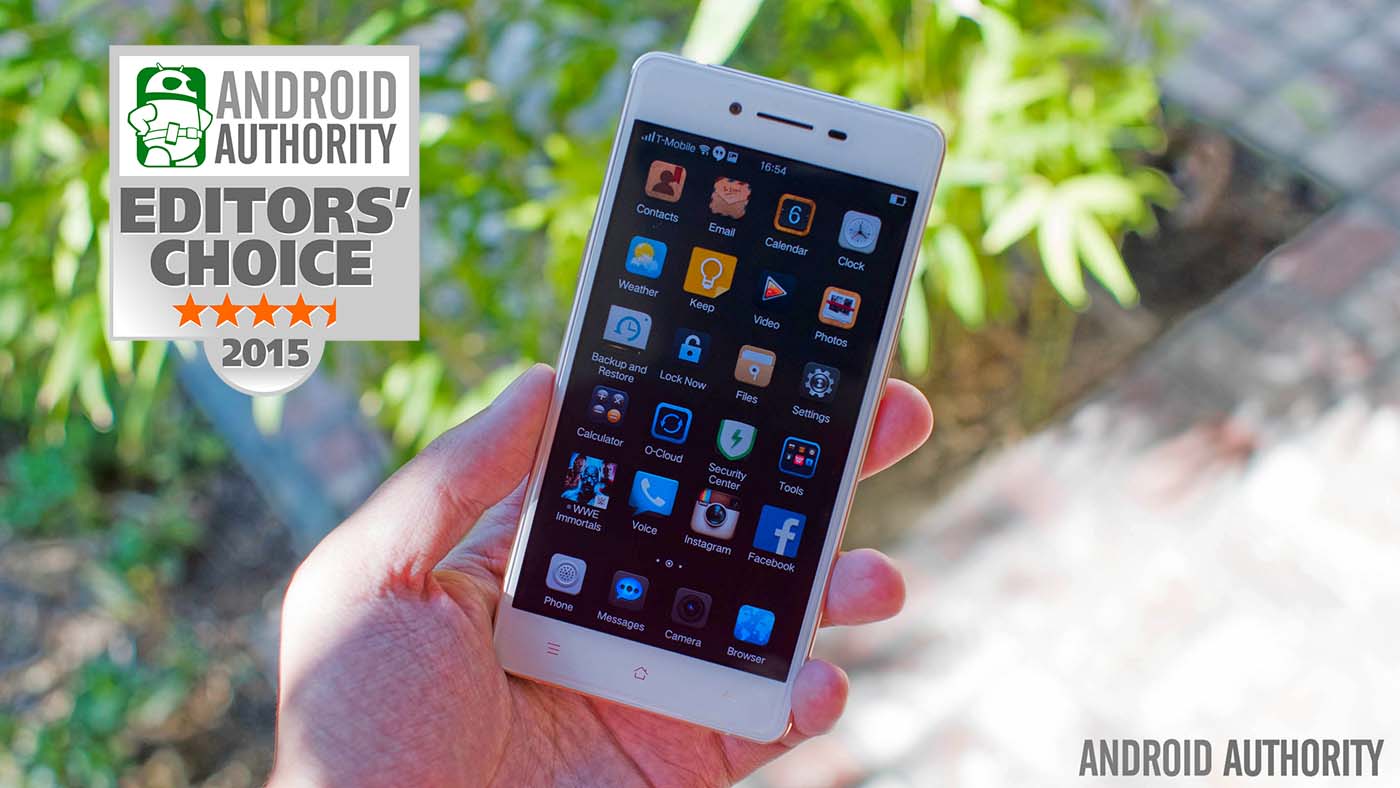Affiliate links on Android Authority may earn us a commission. Learn more.
How the competitive mid-range smartphone market is changing for the better

Over the past few years, the mid-range smartphone market has changed dramatically all over the world. With the specification wars raging on in full force, major handset manufacturers are constantly competing with each other for the top spot in the premium market segment. This comes at a price, though. Certain devices from major manufacturers can cost upwards of $900 unlocked, but recently, it seems as though consumers aren’t willing to pay as much as they used to, and prefer a device with high-quality experiences at practical prices.
For those of us who aren’t willing to pay almost $1,000 for a smartphone, what are our options? The mid-range market has been growing over the years, sure, though it’s been proven quite difficult to penetrate. Unlike Samsung’s Galaxy S and Note lines, which have arguably found the winning formula for great performance and features in the high-end market, mid-range devices haven’t quite hit their stride yet. It seems like many brands have been trying to find the correct balance between high-end specs and a reasonable price point, but none have really produced too many memorable options that check all of the boxes.
[related_videos title=”OPPO in video” align=”center” type=”custom” videos=”636502,620397,609951,609916″]
Of course, this is just now beginning to change, as we’re now seeing a handful of notable smartphone makers approach the winning recipe for success in the mid-range market. One brand that’s a good example of this is OPPO. Build quality and features aside, OPPO’s most recent mid-range offerings seem to check most of the boxes many consumers look for when seeking out a capable mid-ranger. Today we’re going to take a look at the OPPO R7 and R7 Plus – two handsets that were announced last May – and how exactly these smartphones are providing a good example for the rest of the mid-range market to follow.
The OPPO R7 Series and the current mid-range market

OPPO announced its R7 and R7 Plus handsets back in May, and we’ve already posted our full reviews of both handsets. Suffice it to say, we’ve really enjoyed our time with the R7 and R7 Plus, and that’s no coincidence. Sure, the R7 boasts a 5.0-inch Super AMOLED Full HD display, a capable Snapdragon 615 processor and 3GB of RAM, but in the mid-range market, specs certainly aren’t everything. Both the R7 and R7 Plus take design to the next level in their respective price points, with both featuring a metallic unibody construction with chamfered sides and sculpted profiles that OPPO compares to the smooth curves of a violin. Build quality at this level isn’t too common in the mid-range market, but is still essential to improving the overall user experience.
A great appearance and comfortable in-hand feeling is just the first step, though – implementing technologies that will improve users’ lives is another largely important factor.
Both devices also bring a bevy of unique features to the table, many of which you would normally see only in high-end smartphones. The R7 and R7 Plus come with OPPO’s in-house built VOOC fast charging capabilities on board, which will allow the smartphones to be charged up to 75% in just 30 minutes. The highly-customizable Color OS software overlay boasts some nice features, too, especially when it comes to application management.
Improving the overall user experience is systematic work

When smartphone manufacturers listen to the consumers, this can make a big difference in smartphone development. Because OPPO has spent so much time and energy making its products the best they can be, consumers tend to give more feedback than normal. This allows the company to make changes where consumers want them most.
It’s clear that this strategy is working for the company, too. Pre-orders of the OPPO R7 quickly became sold out in Indonesia, Malaysia and Taiwan. Soon after that, sales of the handset started in June and boosted OPPO’s marketshare up in China’s offline markets, with the company managing to surpass Samsung the following month and today only trailing Apple.
Where is the mid-range market headed?
Smartphone brands rarely spend a ton of money on resources and research for devices in the mid-range market. But recently, especially this year, it’s becoming more and more popular to adopt a single product strategy. Adopting this type of strategy has some great benefits, and brands like OPPO have greatly benefited from it.
In the future, nobody is going to pay almost $1K on a smartphone, especially if there’s something comparable for less than half the price
All in all, the mid-range market is rapidly changing throughout various parts of the world. Sure, pricing structure and availability have a lot to do with these changes, but that’s certainly not the half of it. Brands such as OPPO are constantly listening to users to try to improve on their mid-range offerings, and that has an expected, yet powerful effect on where the market is headed as a whole.
When you think about it, the whole premise behind these positive changes is quite simple: when brands listen to their customers, more people are willing to give more feedback relating to the product. This of course generates an increase in positive feedback for the company, and also helps boost overall customer recognition. Users want their voices to be heard, and that’s exactly why OPPO and other smartphone makers are changing the mid-range market for the better.